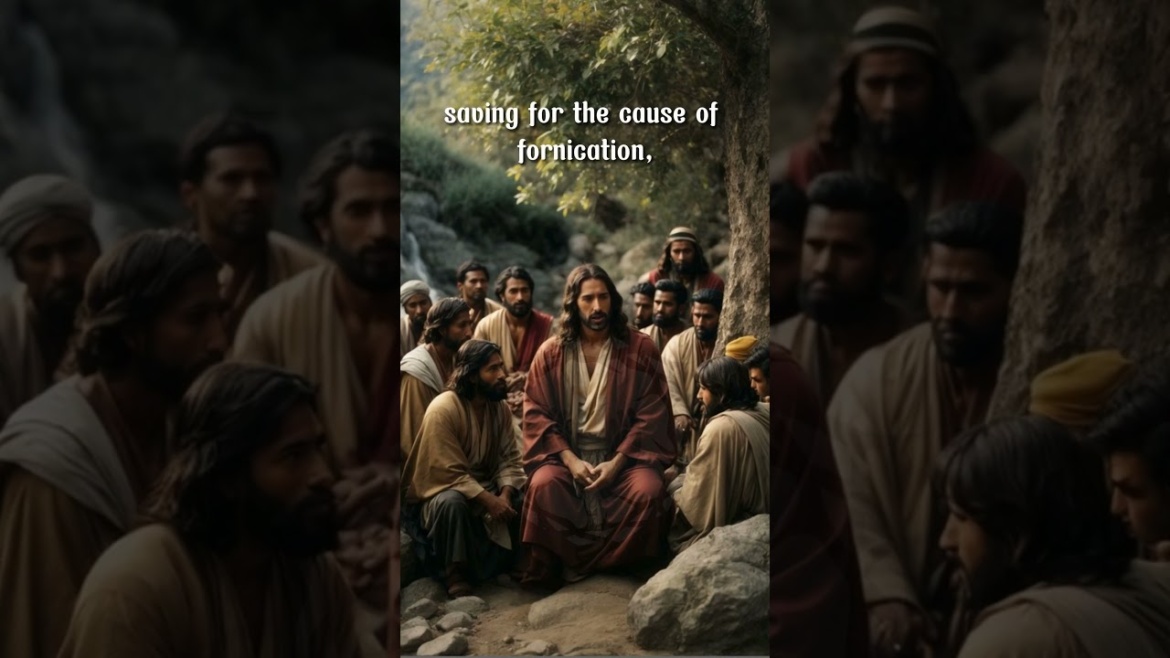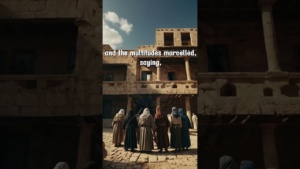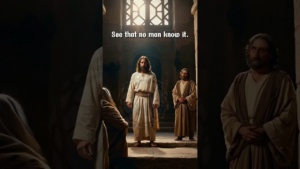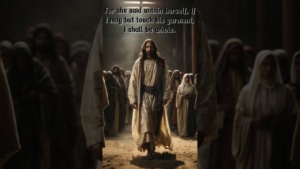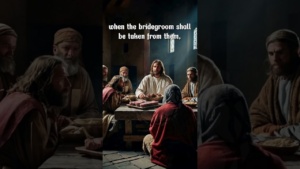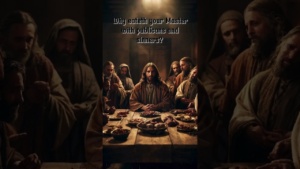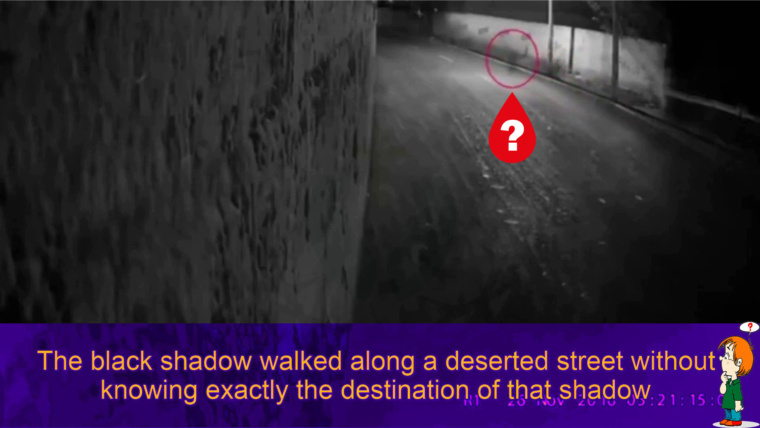The Significance of “It hath been said, Whosoever shall put away his wife, let him give her a writing of divorcement: But I say unto you, That whosoever shall put away his wife, saving for the cause of fornication, causeth her to commit adultery: and whosoever shall marry her that is divorced committeth adultery.”
The phrase “It hath been said, Whosoever shall put away his wife, let him give her a writing of divorcement: But I say unto you, That whosoever shall put away his wife, saving for the cause of fornication, causeth her to commit adultery: and whosoever shall marry her that is divorced committeth adultery.” is a powerful christian law used by Jesus in Matthew 5:31-32 from the Sermon on the Mount, to address the issue of divorce and remarriage. It is part of the Sermon on the Mount, where he reinterprets Jewish laws and traditions.
Context of the Phrase
The law appears within Jesus’ Sermon on the Mount, a collection of teachings focusing on right living and morality for spreading God’s message. The law “It hath been said, Whosoever shall put away his wife, let him give her a writing of divorcement: But I say unto you, That whosoever shall put away his wife, saving for the cause of fornication, causeth her to commit adultery: and whosoever shall marry her that is divorced committeth adultery.” addresses the issue of divorce, which was a controversial topic at the time. Jewish law allowed for divorce on various grounds, but Jesus challenges this by raising the standard to a “fornication” that is a “sexual immorality”. He argues that any other reason for divorce makes the woman susceptible to committing adultery, and that marrying a divorced woman also commits adultery.
Significance of the Phrase
The law “It hath been said, Whosoever shall put away his wife, let him give her a writing of divorcement: But I say unto you, That whosoever shall put away his wife, saving for the cause of fornication, causeth her to commit adultery: and whosoever shall marry her that is divorced committeth adultery.” has significant implications for Christian teachings on marriage and divorce. It emphasizes the sanctity of marriage as a lifelong commitment and sets a high standard for its dissolution. It also raises questions about the role of women in divorce and the potential for social stigma attached to divorced individuals.
Here are some key points:
Elevation of marriage: Jesus emphasizes the sanctity of marriage, arguing that it is a lifelong covenant between a man and a woman, not a contract that can be easily broken.
Protection of women: By restricting divorce to cases of sexual immorality, Jesus protects women from being arbitrarily dismissed by their husbands.
Exception of standard: While condemning easy divorce, Jesus allows for one exception “the cause of fornication”, that has been interpreted and debated by theologians throughout history.
Reinterpretation of law: Jesus challenges the legalistic interpretation of the Mosaic law, thereby emphasizes the importance of understanding the spirit behind the law.
Application of the Phrase
The law “It hath been said, Whosoever shall put away his wife, let him give her a writing of divorcement: But I say unto you, That whosoever shall put away his wife, saving for the cause of fornication, causeth her to commit adultery: and whosoever shall marry her that is divorced committeth adultery.” has been applied in various ways across Christian denominations and individual interpretations. Some take it literally, applying it to contemporary divorce laws and practices. Others view it as a statement about the ideal nature of marriage and its spiritual implications, not necessarily prescribing specific legal or social regulations.
Here are some key points:
Standard interpretation: Some churches forbid divorce in all cases except for infidelity, requiring reconciliation or lifelong separation.
Additional interpretation: Others allow for additional grounds for divorce beyond infidelity, considering factors like abuse or abandonment.
Ideal interpretation: Many churches emphasize reconciliation and marital counseling before resorting to divorce.
Here are some additional points:
It’s important to note that the interpretation of the law has evolved over time, and there are various perspectives on its meaning and application.
Some argue that the law reflects a patriarchal view of marriage and women, while others believe it can be interpreted in ways that promote gender equality and respect for the sanctity of marriage.
It’s important to remember that the significance and application of the law depend on individual interpretations and theological frameworks.
Ultimately, the law “It hath been said, Whosoever shall put away his wife, let him give her a writing of divorcement: But I say unto you, That whosoever shall put away his wife, saving for the cause of fornication, causeth her to commit adultery: and whosoever shall marry her that is divorced committeth adultery.” remains a complex and debated text with far-reaching implications for understanding marriage, divorce, and gender roles within Christian communities. It is important to consider the historical context, diverse interpretations, and ongoing theological discussions surrounding the law when seeking to understand its meaning and application.
THE CHILD IS INTENDED INTO ONE SUB & NINE EXTREMES
« Samsara Extreme Of Heaven In Child Intended To Exist »
WHAT IS ✨ COLD CHILD SPACE? IT IS JUST CHILD EXTREME!
« Child Extreme’s Code & subExtreme’s Law »
